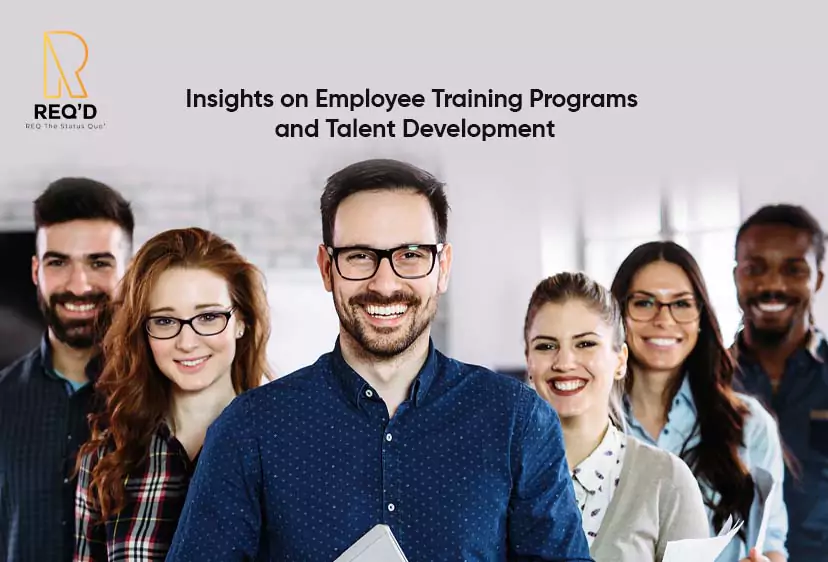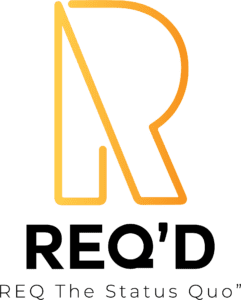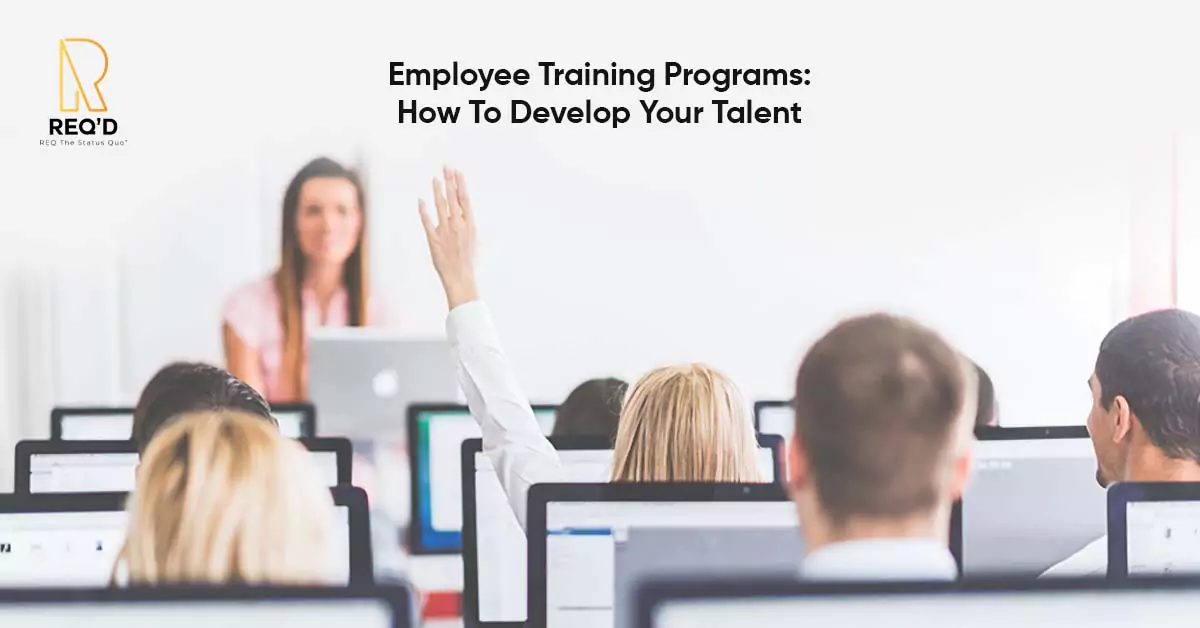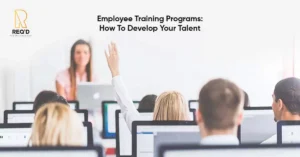A strong strategy for talent development is necessary to equip your team to handle future challenges. The best combination of coaching, training, and other growth opportunities is what gives employees the abilities and information they need to adjust to a changing work environment. Your company and employees can achieve their skill development and growth objectives as you track your success and adjust your talent and development program.
Organizations that wish to retain high-performing employees and encourage them to grow internally must implement talent development initiatives. Here are four strategies for HR and business leaders to focus on career and talent development while creating teams that elevate the standard for the entire company.
Key Takeaways: Primary Goals of Talent Development Programs
- Retraining staff members to maintain the business’s competitiveness in the market.
- Getting ready for succession planning to position your company for long-term success.
- Encourage a culture of ongoing education and growth.
- Putting in place growth opportunities to support staff members’ professional advancement.
- Boosting drive and engagement among staff members to aid in keeping top personnel.
- Enhancing the caliber of output by providing workers with the tools they need to be successful.
- Fostering an environment of learning and development to enable staff members to realize their greatest potential.
- Enhancing organizational effectiveness by developing a staff that is highly skilled and productive.
- Coordinating worker development with the goals and mission of the company.
- Fostering communication and mutual trust between management and staff.
Insights on Employee Training Programs and Talent Development

Organizations can show their dedication to the professional development of their staff members and maintain their engagement and sense of value in their employment by providing such programs.
The success of any firm in today’s quickly changing business environment depends on the ongoing training and development of its personnel. The cornerstone of this effort is employee training programs, which provide a calculated route to develop talent, increase output, and promote creativity in the workplace. For employee engagement activities and ideas, head straight to REQ-D, where you will find many learning things that can impact you.
Finding the Essential Knowledge and Abilities
Before developing training programs, it is critical to determine the primary competencies and abilities required for each function, as well as the overarching goals of the firm. Performing in-depth skill evaluations and having conversations with department heads can reveal particular areas that need improvement. Whether industry-specific knowledge, soft skills, or technical skills, a focused strategy guarantees that training initiatives support corporate objectives.
Tailoring Instructional Courses
When it comes to staff training programs, there is no one-size-fits-all solution. Developing efforts that align with employees’ distinct requirements and learning preferences requires customization. A comprehensive strategy that accommodates a range of learning styles is made possible by combining online courses, mentorship programs, in-person seminars, and practical experiences. Customizing training materials to the particular sector, corporate ethos, and job functions increase the programs’ applicability and efficacy.
Accepting Technology-Based Remedies
A multitude of technology tools has emerged in the digital age that have the potential to improve the efficacy and efficiency of staff training initiatives significantly. Scalable and easily available solutions are offered via virtual classrooms, e-learning modules, and learning management systems (LMS). These tools promote a self-directed and empowered approach to professional development by streamlining the training process and enabling individuals to learn at their own pace.
Including Mechanisms for Continuous Feedback
As employee training courses are an iterative process, their success depends on including ongoing feedback methods. Organizations can evaluate the success of their programs by promoting open lines of communication, asking participants for input, and carrying out post-training evaluations. In addition to improving the caliber of upcoming training for employee programs, this feedback loop promotes openness and ongoing societal development.
Making a Leadership Development Investment
Although it is essential to concentrate on training entry-level and mid-level staff, businesses should also recognize the value of leadership development in their training initiatives. Fostering leadership abilities guarantees a pool of competent leaders who can lead groups, spur creativity, and support the organization’s overarching strategic goal. Programs for developing leadership skills may cover topics including making decisions, resolving conflicts, and effective communication.
Return on Investment Measurement
Any business must make a sizable financial commitment to staff training initiatives. To ensure that these efforts are sustainable and make sense, measuring the return on investment (ROI) is essential. Assessing the impact of employee training programs on critical performance measures, such as increased productivity, decreased attrition, increased customer satisfaction, and increased worker engagement, is necessary to achieve this. Data-driven decision-making provides insights into the quantifiable benefits of training initiatives and informs future decisions.
Promoting an Environment of Constant Learning
The main objective is establishing an organizational culture of continual learning beyond specific training initiatives. Promoting curiosity, adaptability, and a growth attitude among staff members is part of this cultural transformation. Encouraging continuous professional development as a core component of the company culture guarantees that staff members stay adaptable and prepared to take on new tasks in a business environment that is constantly changing.
Get to Know Talent Development Types In-depth!

Talent development should be tailored to each employee’s requirements and your company’s goals. It can take many different forms. Try any one of these, or try combining them.
Internships and apprenticeships
Internships and apprenticeships, common in many industries, aid in the early career development of young talent. You can contribute to the development of fresh pools of talent with experience and interest in your sector of the economy by seeking out apprentices or interns and teaching them professional skills.
Programs for internal development
By providing formal training, you can assist your employees in developing their skill sets with you throughout their careers. After that, you may provide continuing education in cybersecurity, software development, or other specialized technical or professional skills relevant to your company.
Mentorships
Employees can receive professional advice from mentors, who can also assist them in becoming ready for more senior roles. Relationships with mentors give mentees insight into senior positions, alternative career pathways, and goal-achieving strategies. Simultaneously, your mentors gain new insights into different departments and enhance their communication and motivational abilities.
Coaching
With thought-provoking inquiries and original problem-solving techniques, coaching aids in developing each person’s potential. Coaches assist people in setting goals for their own personal and professional growth, whereas mentors typically provide instruction. External consultants with coaching experience are frequently employed as coaches, meeting with staff members regularly to assist with specific areas of improvement.
Industry gatherings
Employees can advance professionally by being encouraged to network with professionals in their sector. This off-site training opportunity can also increase employee engagement and provide incentives for those who see the time away from their routine and travel as a reward for their hard work.
Coursework
With coursework, employers may help ensure their staff members continue learning and growing. For example, someone might go back to school to obtain an MBA. Alternatively, individuals may enroll in a public speaking school to enhance their presentation abilities.
Take a Close Look at the Talent Development Strategy and Benchmarks!

- A talent development strategy is a comprehensive plan that describes how an organization plans to improve its employees’ skills, knowledge, and performance.
- The strategy aims to support the organization’s goals by cultivating a culture of continuous learning and development.
- A well-designed talent development strategy typically includes many initiatives and activities, such as leadership development, job rotation, coaching and mentoring, and training and development.
- The plan should be in keeping with the organization’s overall business strategy but tailored to the specific needs and goals of the workforce.
- Organizations may foster a highly engaged, motivated, and productive workforce by investing resources in talent development, ultimately leading to long-term growth and profitability.
- If organizations wish to foster a culture of high performance and employee fulfillment, they need to give talent development first attention.
- A talent development program can help employees grow and diversify their skill sets.
- These include programs and initiatives such as job rotation, stretch assignments, coaching, mentoring, and training and development.
- A talent development program’s many goals can vary depending on the specific needs and objectives of the company.
Conclusion
Creating vital staff training programs is essential to developing business talent. Businesses can equip their workforce to succeed in a constantly changing environment by embracing technology, tailoring content, coordinating training activities with individual needs, and cultivating a culture of continuous learning. Employee development training initiatives contribute substantially to developing individual and group skills thanks to the emphasis on precise learning objectives, ongoing feedback mechanisms, and quantifiable return on investment.
Organizations that invest in peer-to-peer learning and leadership development create a dynamic environment that fills in existing skill shortages and sets them up for long-term success. Employees who have received employee training programs are more likely to be resilient, engaged, and equipped to handle the demands of a rapidly evolving company environment. It is an investment in the resilience and competitiveness of the firm in the future, not simply in capabilities.








